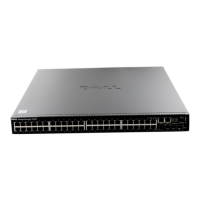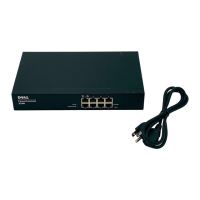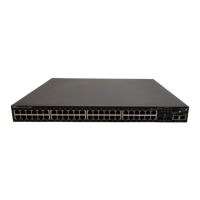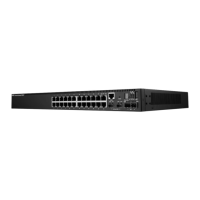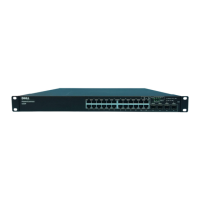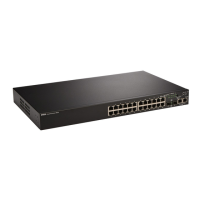Configuring Link Aggregation 819
28
Configuring Link Aggregation
This chapter describes how to create and configure link aggregation groups
(LAGs), which are also known as port channels.
The topics covered in this chapter include:
• Link Aggregation Overview
• Default Link Aggregation Values
• Configuring Link Aggregation (Web)
• Configuring Link Aggregation (CLI)
• Link Aggregation Configuration Examples
Link Aggregation Overview
Link Aggregation allows one or more full-duplex (FDX) Ethernet links of the
same speed to be aggregated together to form a LAG. This allows the switch
to treat the LAG as if it is a single link.
The PowerConnect 7000 Series switches support industry-standard LAGs
that adhere to the IEEE 802.3ad specification. A switch stack can support up
to 96 static LAGs, and 18 of the LAGs can be dynamic. Each LAG can consist
of up to eight 1 Gbps or eight 10 Gbps ports. When eight Gigabit Ethernet
ports are configured as a LAG, the maximum bandwidth for the single, logical
interface is 8 Gbps, and when eight 10 Gbps ports are configured as a LAG,
the maximum bandwidth for the single, logical interface is 80 Gbps.
Figure 28-1 shows an example of a switch in the wiring closet connected to a
switch in the data center by a LAG that consists of four physical 1 Gbps links.
The LAG provides full-duplex bandwidth of 4 Gbps between the two
switches.

